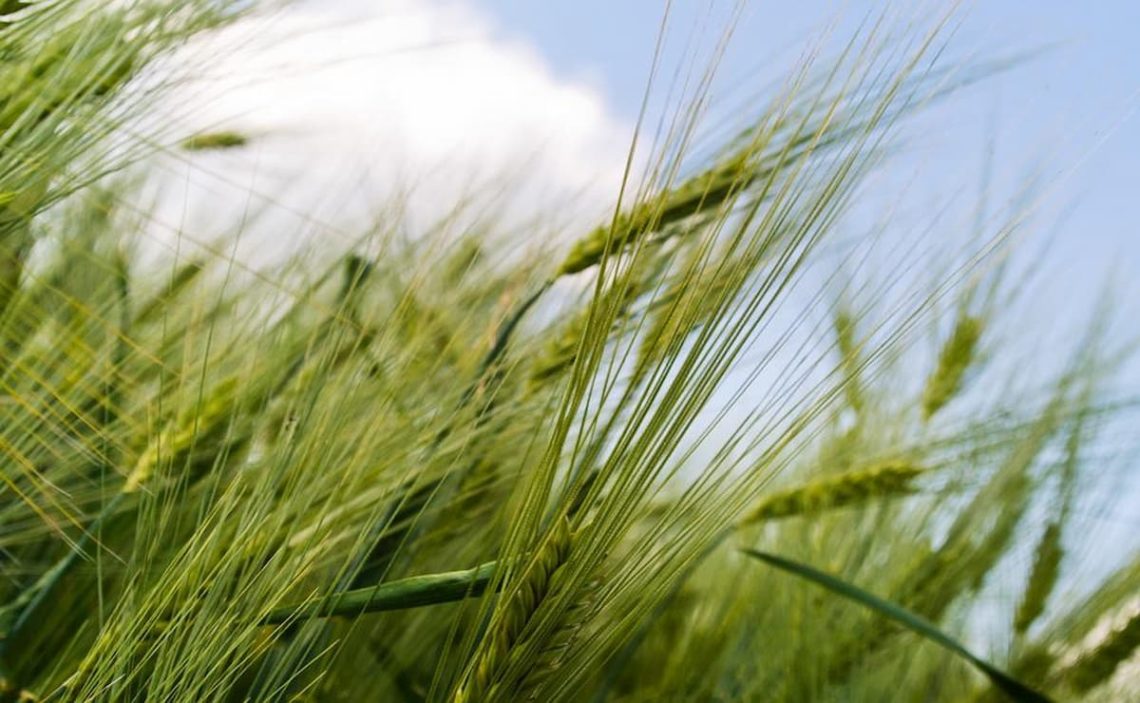Investing in commodities is an investment model that contemplates various options, from agricultural products to precious metals and industrial metals. We analyze the main characteristics of investing in raw materials, the different types, and investment tools.
Investing in raw materials is an important part of market investment movements. There are different commodities to invest in and a wide variety of investment tools. We review what commodity investing looks like the types of items, investment tools, and other relevant issues.
What is investing in commodities?
Investing in assets listed on the financial markets is generally a natural resource from which other products are obtained through a transformation process.
Not all commodities have the same possibilities or tools for investment. It is unusual for them all to be quoted in the same way, and they depend to a large extent on the different types and groups to which they belong.
Types of commodities for investment
We can discuss a broad group of commodity types depending on the commodity’s characteristics. Although we can group them with further subdivisions, the most common are as follows:
- Precious metals: such as gold or silver
- Industrial metals: such as copper
- Agricultural commodities: corn or wheat (with the subcategory of perishables, which can include commodities such as cotton or cocoa, among others).
- Livestock: such as swine or cattle herds.
- Energy: such as crude oil
How to invest in commodities?
There are several ways to invest in commodities. Some are aimed at less experienced investors, while others are high-risk and can result in significant losses.
Ways to invest in commodities
Type of investment-Risk Level-Description
- Direct purchase and storage – Low – Useful in precious metals such as gold and silver. It seeks revaluation over time. However, it is not common with other commodities.
- Spot stocks – Low/Medium – Purchase of shares of companies related to commodities. For example, investing in shares of oil-producing companies.
- Index funds – Medium – Common investment in commodities. These are thematic investments, which can be on specific raw materials or a group of items.
- Futures – High – They are a fairly common tool in commodities trading. However, it is not a simple market.
- CFDs – Very high – CFDs are another derivative financial product. In this case, you only speculate on the market value of the commodity without actually acquiring it.
For example, index funds on agricultural products or precious metals. Their advantage lies in passive management and cost reduction compared to other investments.
Many commodities are not traded in futures, and many futures trades require a high amount to exchange.
They are complex tools with a high level of risk and are not recommended for investors with little training.
Is investment in commodities safe?
Investment in commodities has risk levels derived from the characteristics of the asset itself, market supply, and demand. Some of them (e.g., agricultural commodities) are also influenced by climatological and socio-political events. It cannot be considered a safe investment from the view of guaranteeing investment success.
However, it is an investment model to be considered in a diversified portfolio for an average investor. In any case, it is not a simple investment and requires training and knowledge on the part of the investor.
Advantages and disadvantages
The main advantage of investing in raw materials is that they are unique assets that will not replicate the performance of any index. Another advantage is the fact that there is a wide variety of commodities that can be traded, even within the same segment.
The main disadvantage of investing in commodities is volatility. Commodities are a volatile investment model as price changes are constant. Another drawback to take into account is that with it being a volatile market, speculation movements are much higher than in other markets, except for gold, which is often used even as a defensive position in times of financial crisis due to its stability as an investment security.


